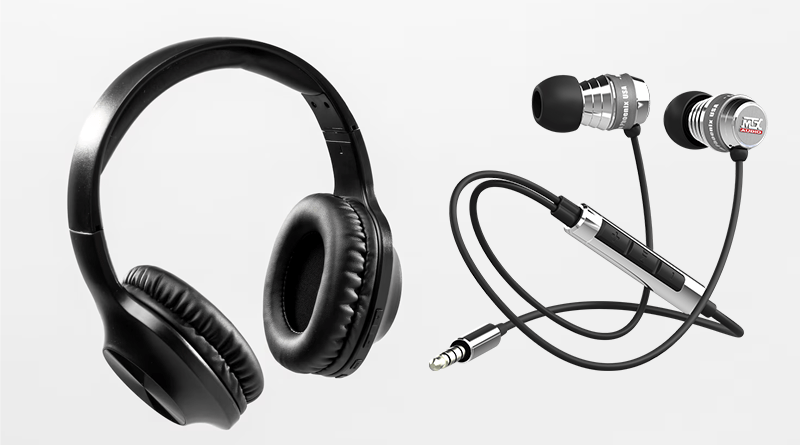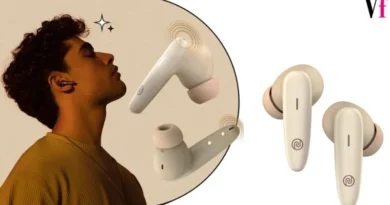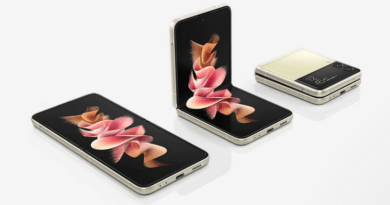Immerse in Sound: The Magic of High-Quality Headphones
Contents
- 1 Choosing the Right Audio Companion: Headphones vs. Earphones vs. Earplugs
- 2 Table of Contents
- 3 8.Conclusion: Elevating Your Audio Experience
- 3.1 1. Introduction: Navigating the Audio Accessory Landscape
- 3.2 2. Understanding Headphones
- 3.3 Over-Ear
- 3.4 On-Ear
- 3.5 3. Exploring Earphones
- 3.6 In-Ear Monitors (IEMs)
- 3.7 True Wireless Earbuds
- 3.8 4. The Purpose of Earplugs
- 3.9 Noise Reduction Earplugs
- 3.10 Musician’s Earplugs
- 3.11 5. Factors Influencing Choice
- 3.12 Comfort and Fit
- 3.13 Portability and Convenience
- 3.14 6. Myth Busting: Common Misconceptions
- 3.15 7. Making the Right Choice: Matching Accessories to Your Needs
- 3.16 8. Conclusion: Elevating Your Audio Experience
- 4 Headphones FAQs: Your Questions Answered
Choosing the Right Audio Companion: Headphones vs. Earphones vs. Earplugs
In the modern world of audio accessories, terms like “headphones,” “earphones,” and “earplugs” are often used interchangeably. However, these terms refer to distinct types of devices designed for various purposes. While they all contribute to enhancing our auditory experience, they differ significantly in design, functionality, and use cases. In this comprehensive guide, we’ll dive into the world of audio accessories and explore the differences between headphones, earphones, and earplugs.
Table of Contents
2. Understanding Headphones
• Over-Ear
• On-Ear
3.Exploring Earphones
• In-Ear Monitors (IEMs)
• True Wireless Earbuds
4.The Purpose of Earplugs
• Noise Reduction Earplugs
• Musician’s Earplugs
5.Factors Influencing Choice
• Comfort and Fit
• Portability and Convenience
• Audio Quality
6.Myth Busting: Common Misconceptions
• Audio Quality: Does Size Matter?
• Noise Isolation vs. Noise Cancellation
7.Making the Right Choice: Matching Accessories to Your Needs
8.Conclusion: Elevating Your Audio Experience
As technology advances, so do our options for audio accessories. From immersive music sessions to clear communication in busy environments, these accessories have become an integral part of our lives. However, the terminology can be confusing, leading to misconceptions about their functions. Let’s unravel the differences between headphones, earphones, and earplugs to help you make informed decisions.
2. Understanding Headphones
Audio devices designed to cover or enclose the ears, delivering sound directly to the listener’s ears. They come in two primary categories:
Over-Ear
As name suggests, have earcups that fully cover the ears. They provide exceptional sound quality and comfort for extended listening sessions. Favored by audiophiles and professionals who require precise audio reproduction.
On-Ear
On-ear headphones rest on the ears without fully enclosing them. They offer a balance between portability and audio quality, making them suitable for daily commutes and casual listening.
3. Exploring Earphones
Earphones, also known as in-ear headphones, are designed to fit directly into the ear canal. They provide a snug fit and are highly portable. Earphones encompass two main types:
In-Ear Monitors (IEMs)
IEMs are often used by musicians and audio professionals for precise monitoring during performances. They provide excellent noise isolation, allowing users to focus on their audio without external distractions.
True Wireless Earbuds
True wireless earbuds have gained immense popularity due to their wireless design. These small earbuds fit directly into the ear and connect to devices via Bluetooth. They are ideal for workouts and on-the-go listening.

4. The Purpose of Earplugs
While headphones and earphones are designed for audio consumption, earplugs serve a different purpose:
Noise Reduction Earplugs
Noise reduction earplugs are designed to reduce ambient noise, making them suitable for environments with loud sounds, such as concerts, construction sites, and airplanes. They protect the ears from potential damage caused by excessive noise.
Musician’s Earplugs
Musicians wear earplugs specifically designed to attenuate harmful frequencies while maintaining audio clarity. These earplugs are essential for performers who want to protect their hearing without sacrificing the quality of their music.
5. Factors Influencing Choice
When choosing between headphones, earphones, and earplugs, several factors come into play:
Comfort and Fit
The comfort of your audio accessory is crucial, as prolonged discomfort can impact your experience. It may provide more extended comfort due to their cushioned earcups, while earphones offer a snug fit for active use.
Portability and Convenience
If portability is a priority, earphones, and true wireless earbuds are the go-to choices. They are compact and easy to carry, making them ideal for individuals on the move.
Audio Quality
For audiophiles seeking impeccable sound quality, over-ear headphones, and high-quality IEMs are recommended. They offer enhanced audio fidelity and immersive listening experiences.
6. Myth Busting: Common Misconceptions
Let’s debunk some common misconceptions surrounding audio accessories:
Audio Quality: Does Size Matter?
Contrary to popular belief, audio quality is not solely determined by the size of the device. While larger can offer spacious soundscapes, advancements in technology have allowed smaller devices to deliver impressive sound quality as well.
Noise Isolation vs. Noise Cancellation
Noise isolation and noise cancellation are two distinct concepts. Noise isolation involves physically blocking external sounds through a snug fit, while noise cancellation uses technology to actively cancel out ambient noise.
7. Making the Right Choice: Matching Accessories to Your Needs
Selecting the right audio accessory depends on your preferences and requirements. Consider your usage scenarios, audio preferences, and comfort levels before making a decision.
8. Conclusion: Elevating Your Audio Experience
Whether you’re a music enthusiast, a professional, or someone seeking tranquility in a noisy world, understanding the differences between headphones, earphones, and earplugs is essential. Each accessory has its unique advantages, and choosing the right one can significantly enhance your audio experience.
Headphones FAQs: Your Questions Answered
1. Are earphones better for active lifestyles?
• Yes, earphones are more suitable for active lifestyles due to their secure fit and portability.
2. Can I use noise-reduction earplugs for sleeping?
• Absolutely, noise reduction earplugs can help create a peaceful sleep environment by blocking out disruptive noises.
3. What’s the difference between noise isolation and noise cancellation?
• Noise isolation involves physically blocking sounds, while noise cancellation uses technology to counteract ambient noise.
4. Are over-ear better for sound quality?
• Over-ear often provide superior sound quality due to their larger drivers and better acoustic isolation.
5. Do true wireless earbuds have good battery life?
• True wireless earbuds vary in battery life, but many offer several hours of playback on a single charge.



